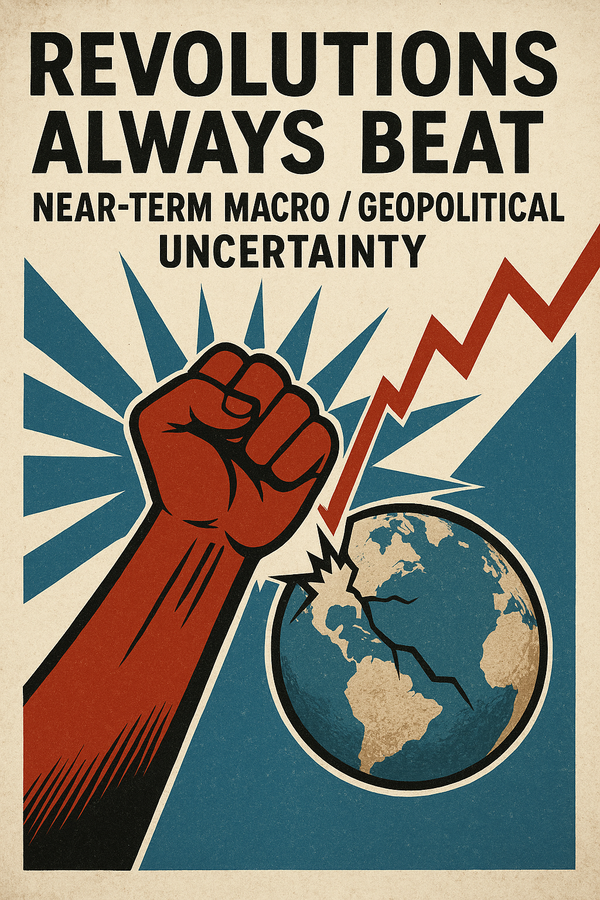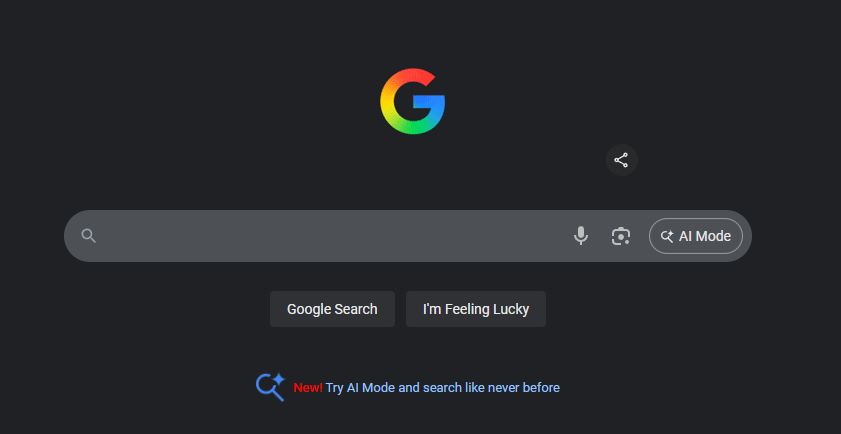See into the future
“When advertising is involved, the user is the product.” – Whatsapp CEO, Jan Koum, on wanting to build a biz without advertising
Let’s talk the future, because being a successful trader or investor ultimately is about maximizing your returns while getting your money in front of the future moves more often than not over many, many transactions over the course of your life.
Indeed, the best way to get rich in the markets (and the only sustainable way) is to try to catch just one Apple at $7 per share as me and my subscribers did, along with a Google at its IPO (which long-time subscribers and I also did). We also shorted RIMM back at $14 a share and then covered that short when the future looked like it was about to move against us. We later got short RIMM when it was still near $100 a share. We did all that by looking into the future years of these companies and trading accordingly. Seeing just a small bit of the future correctly and playing it well will make up for a lot of mistakes and losses which we all will also have over the years.
So looking into the future trends of tech, what exactly do we see developing over the next five years to ten years? What themes will become dominant? And what companies will deliver tangible results for investors who want to be a part of that growth?
I’ve got a undercurrent of a trend that will have a huge impact on the markets and which nobody seems to be talking about. Yet.
That trend – Big lock-in and/or upfront charges for hardware that comes all inclusive with apps, games, updates and anything else in that company’s eco-system. It’s a trend that you’ll read a lot more about from Google as it tries to learn from Apple’s success in building its eco-system around the iTunes universe. Google’s already dominant in the free/advertising content world with adwords/adsense and YouTube being the most obvious part of that empire.
And now Google and Apple are going to look to various models that will further enable end user functionality and share-ability, including this concept of “All-In” from the start. You’ll see carriers and vendors offering no-money-down, long-term payment plans to get the products into as many people’s hands as possible and to lock them in even further.
Winners of this trend? GOOG and AAPL and AMZN. Each will have its own strategy to try to get their customers in their eco-system as deeply as possible. For those of us who have used Android, iTunes and Prime already over the years, you know what I’m talking about. The more songs and shows and subscriptions and products you buy from each particular vendor, the further locked-into their system you become. From a valuation perspective, I’d rate these in this order: AAPL, AMZN, GOOG. From a future growth prospect, I’d probably rate them GOOG, AMZN, AAPL. So as I’ve suggested for years, I’d look to put a little bit of capital into each and then ride this trend out since they will each be big winners from the ride.
And losers in this trend? Microsoft, for one. Its completely missed the concept of blending its Windows PCs with its Windows Phones with its Xbox with the rest of its technologies. Instead, the latest Windows computers don’t even work with programs that worked on the last versions. And of course, they’ve even got two different and disparate tablet eco-systems now too.
The other losers include Samsung and Hewlett-Packard. Have you ever heard of the Samsung eco-system? Do you have any Samsung apps on your Samsung Android? Samsung’s margins are going to falter as their products become increasingly commoditized inside the Android eco-system. HPQ has no eco-system.
And yes, the new RIMM, BBRY, is still doomed. While Blackberry is at least ahead of Softee, Samsung and HPQ in the eco-system concept, it’s not catching any traction and it doesn’t have the balance sheet behind it that the three winners have. This is a winners-take-all future, as the past was a winners-take-all past. Stick with the winners. Sell the losers.




